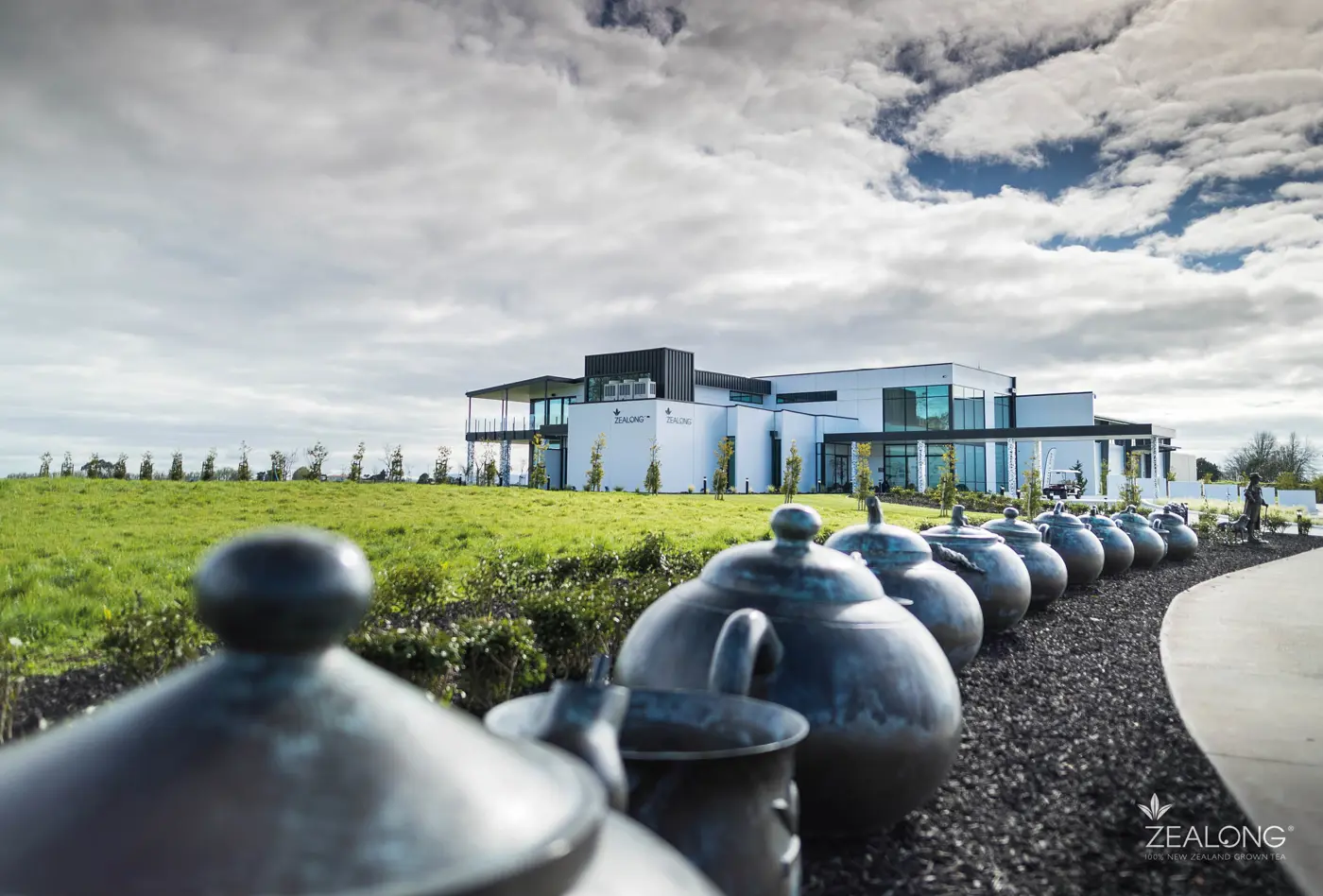About the Waikato district
Moo te takiwaa o Waikato
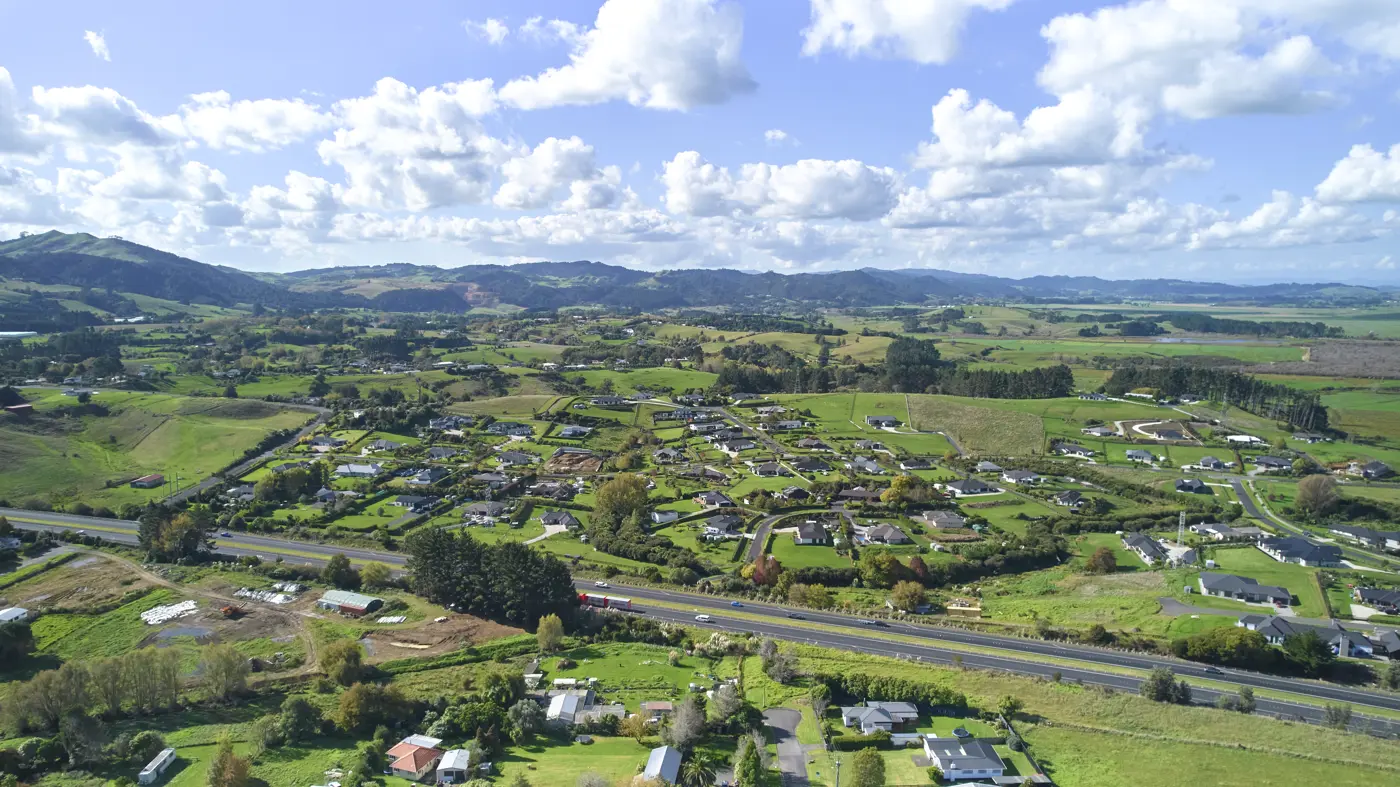
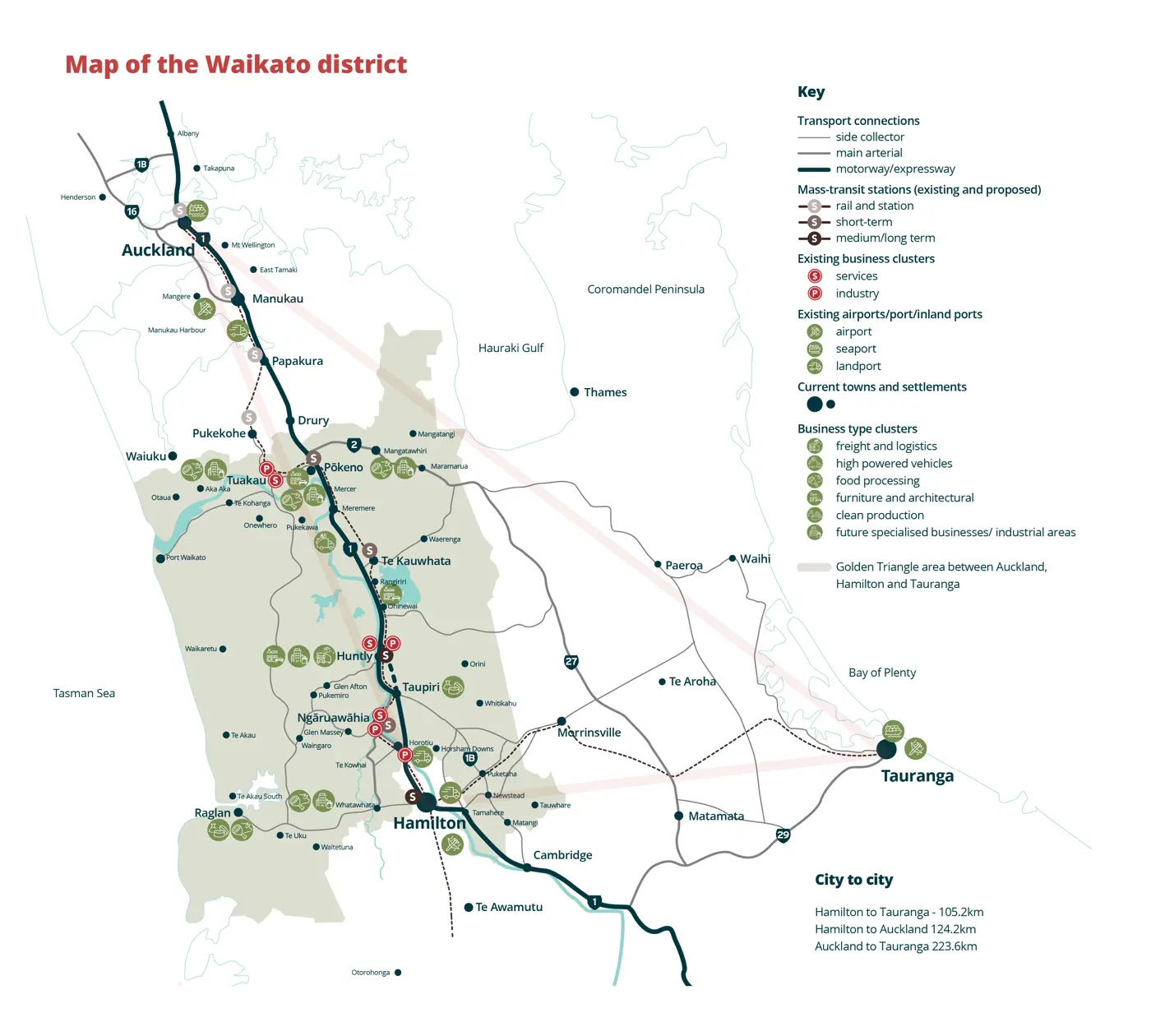
About the Waikato district
Moo te takiwaa o Waikato
Home to over 90,000 people, the Waikato district is a geographically and culturally diverse strategic gem nestled in Aotearoa's beautiful North Island and mighty Waikato region, the fourth largest region in Aotearoa New Zealand.
We're based in the ‘Golden Triangle’, a zone formed by Auckland, the Bay of Plenty and the Waikato region, which generates the bulk of the nation’s economic activity. A multitude of communities flourish here, each with their own distinctive identity.
The Waikato district covers an area of more than 419,000 hectares, and the boundary stretches along the west coast from Aotea Harbour to Port Waikato and touches the eastern coastline at Miranda on the Hauraki Gulf.
Our expanse shelters extensive areas of native plants and bush.
The district is home to the mighty Waikato River, which is the longest river in New Zealand. The river flows through the district, running almost the entire length of it before reaching the coast at Port Waikato. It plays a central role in the area's natural landscape and holds significant cultural importance to the local Waikato iwi.
Key towns include Pookeno, Tuakau, Ngaaruawaahia, Te Kauwhata, Whaaingaroa / Raglan and Raahui Pookeka / Huntly. Smaller settlements include Gordonton, Matangi, Tamahere, Tauwhare, Horotiu, Meremere, Rangiriri, Te Paina / Mercer, Ohinewai, Taupiri, Te Kowhai, Whatawhata and Te Puuaha o Waikato / Port Waikato.
Our local economy
Te oohanga o te takiwaa
The broader Waikato region currently fuels over 50% of New Zealand's gross domestic product (GDP) and is home to around half of the country's population.
This economic powerhouse is set to grow exponentially, with the New Zealand Government forecasting a 35% population boom over the next 25 years.
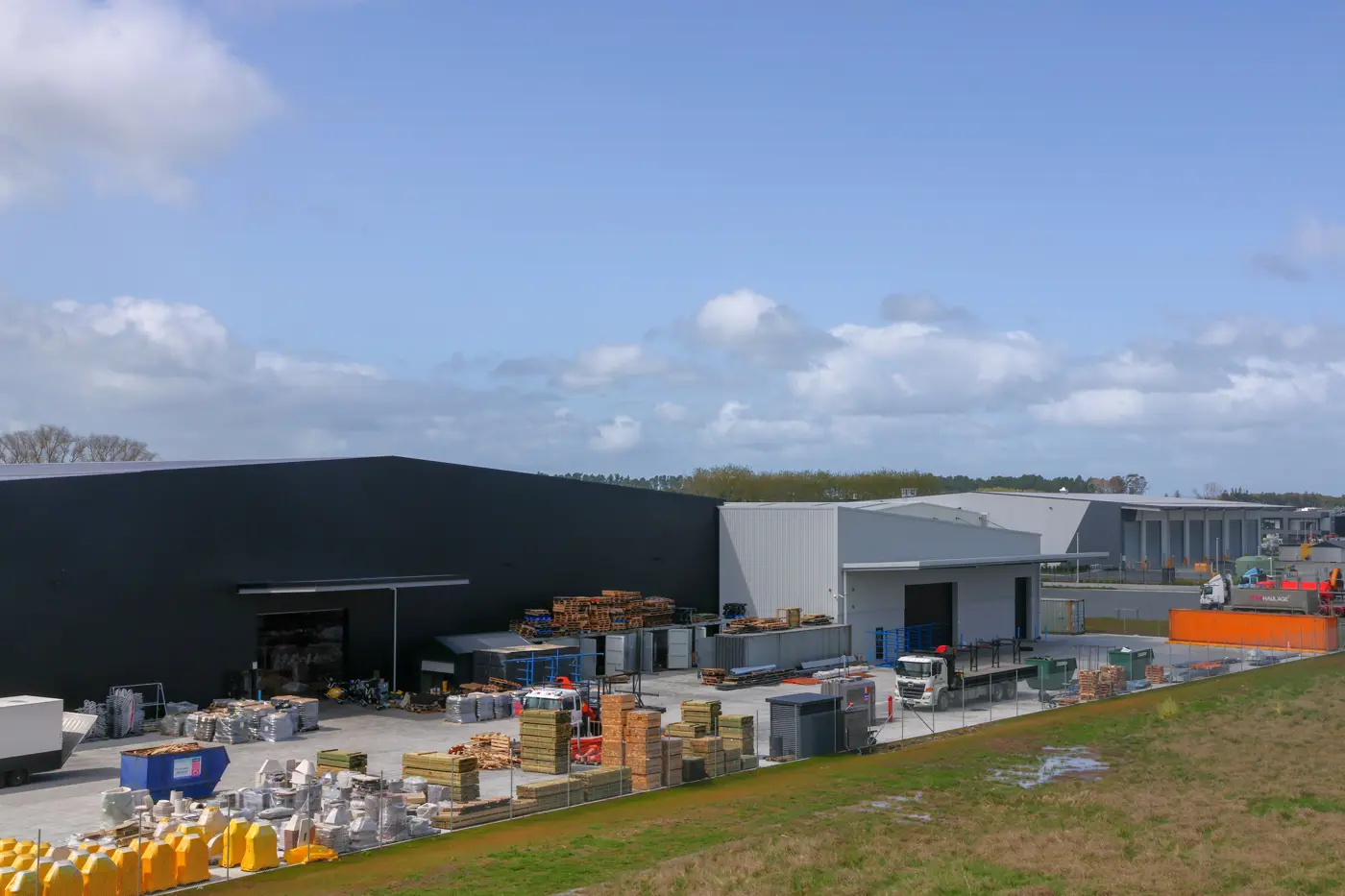
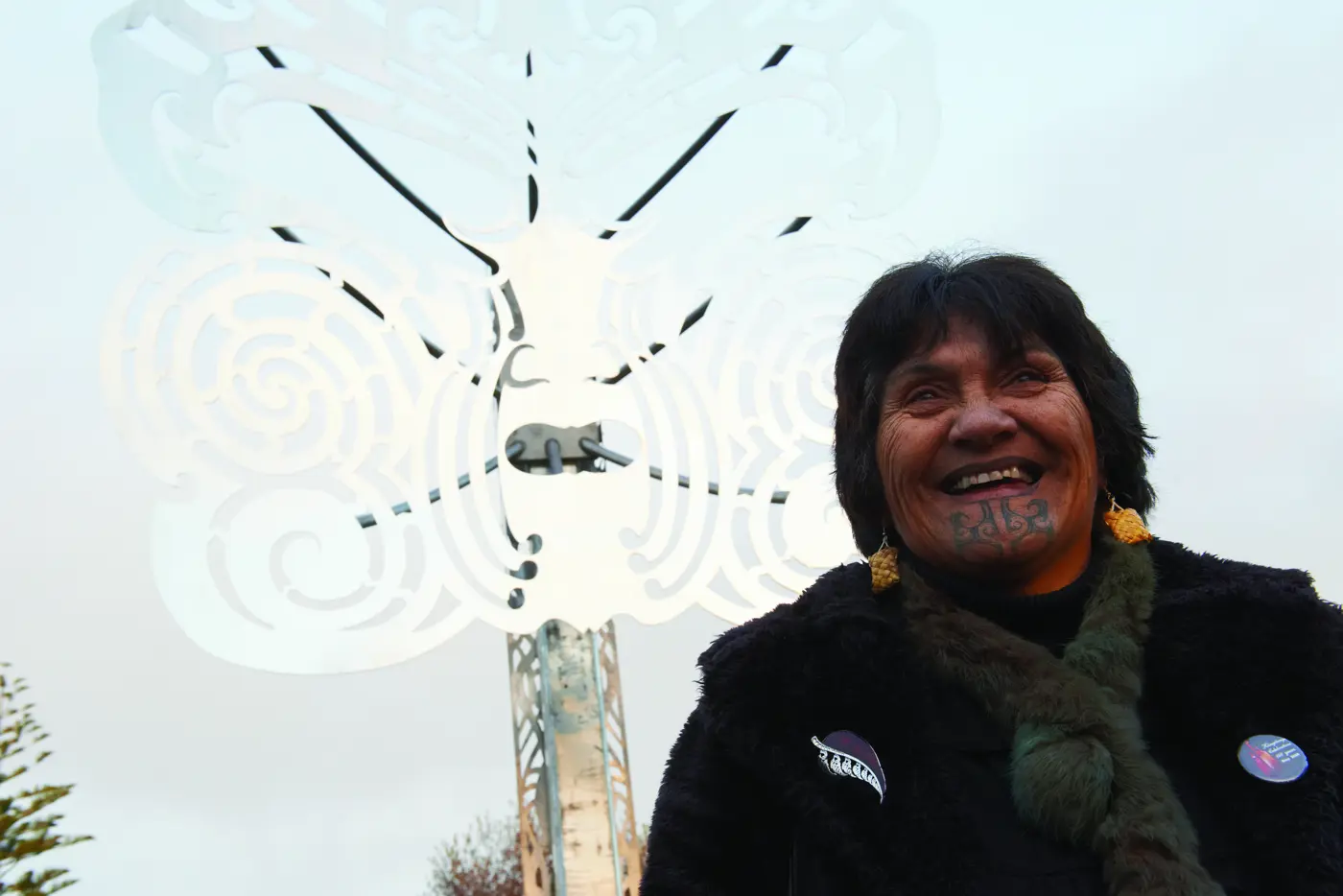
Home of the Kiingitanga movement
Te uukaipoo o te Kiingitanga
With a history dating back to the arrival of Maaori in Aotearoa and as the home of the Kiingitanga movement, the Waikato district has several important heritage and cultural sites.
Kiingitanga (Maaori King movement) was founded in 1858 to unite Maaori under a single sovereign. Tuurangawaewae Marae in Ngaaruwaahia is the principal marae of the movement. The primary hapuu for this marae is Ngaati Mahuta. Located on the banks of the Waikato River, this marae is a place for gatherings, cultural events, and important ceremonies.
This deep cultural heritage and identity not only attracts thousands of visitors from across New Zealand every year but also provides local businesses with a unique opportunity to connect with the Maaori community.
Centre for emerging industries
Te puutahi mo ngaa ahumahi puaki
The district is fast becoming a centre for emerging industries, including innovation and technology, freight and logistics, sustainable manufacturing, agritech, and tourism. The district’s commitment to advancing technology and fostering resilient communities is the foundation for business success.
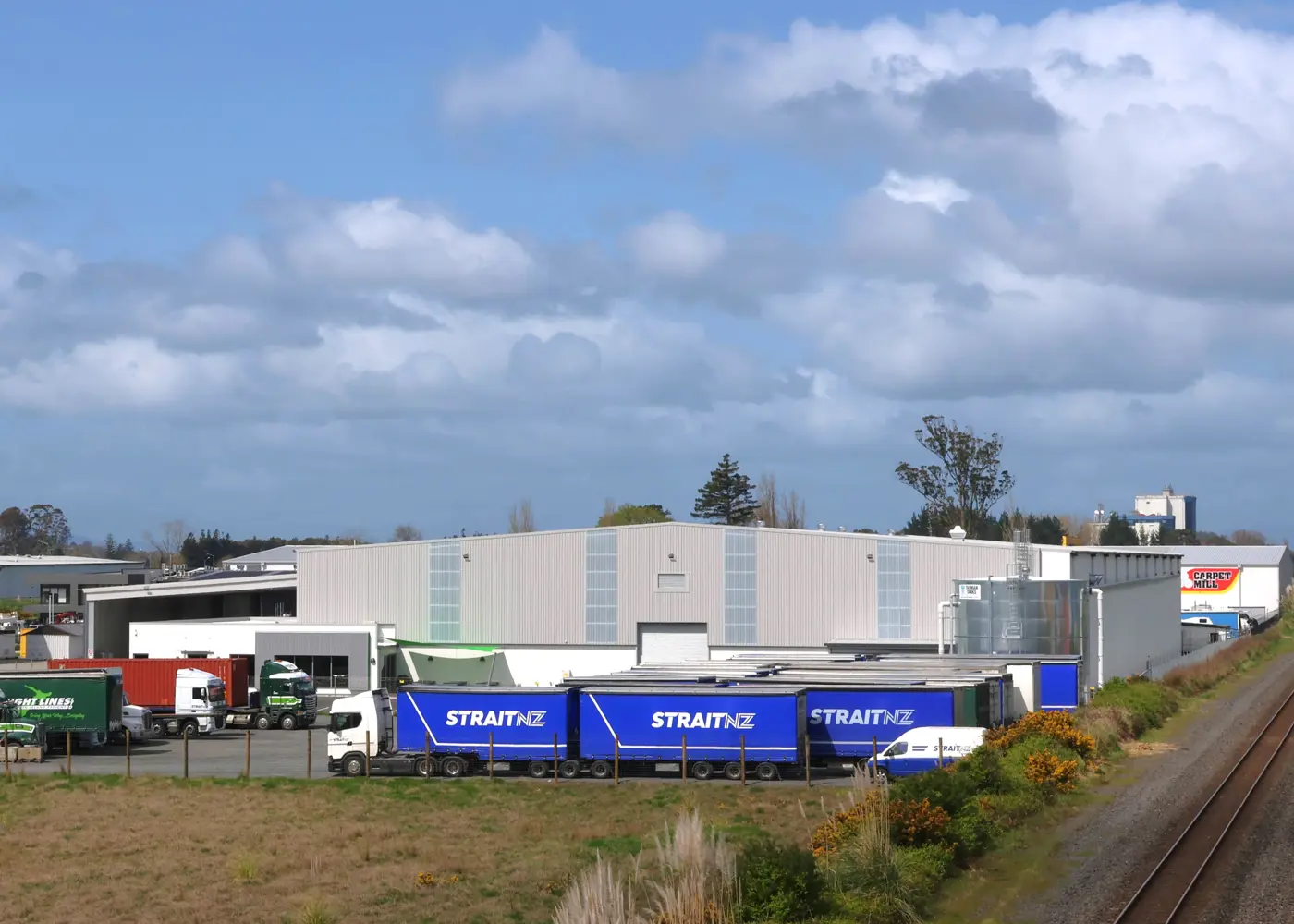
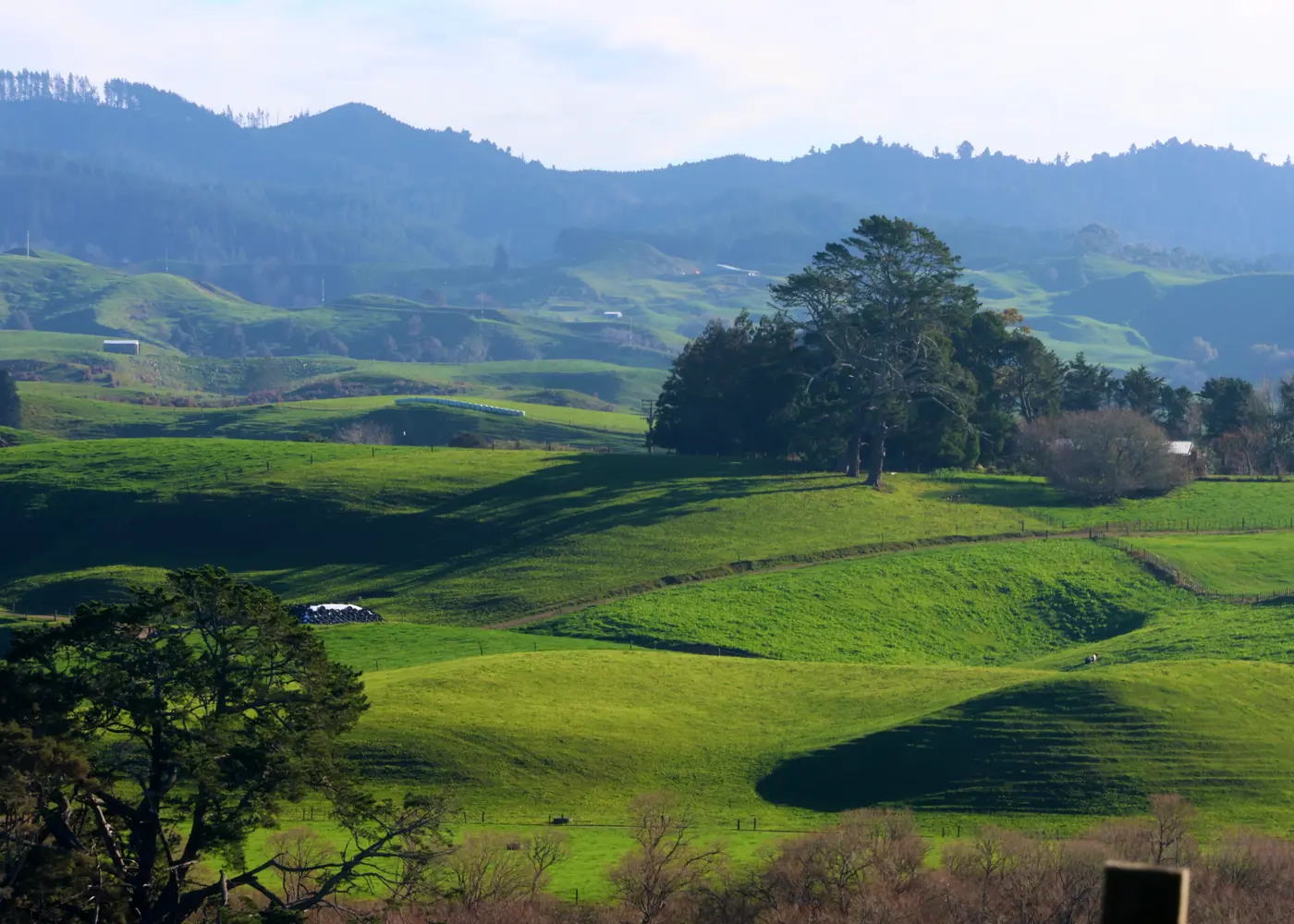
Highly productive, fertile soils
Onemata
The Waikato district is renowned for its diverse landscapes and highly productive, fertile soils. Largely centred on the primary sector, the district's economy is built on dairying, sheep and beef farming, horticulture, forestry, and other agribusinesses.
We're a community
He hapori maatou
The Waikato district has one of New Zealand’s youngest populations, with an average age of just 38 years old. A strong sense of community is at the core of the district's thriving and expanding economy and makes it an attractive place to live and work. This community spirit encourages mutual support among local businesses, ignites innovation, and attracts investments, creating a dynamic environment for growth.
Whether you’re seeking a great place to invest, do business, explore, raise a family or call home, the Waikato district offers a unique and appealing lifestyle for everyone.
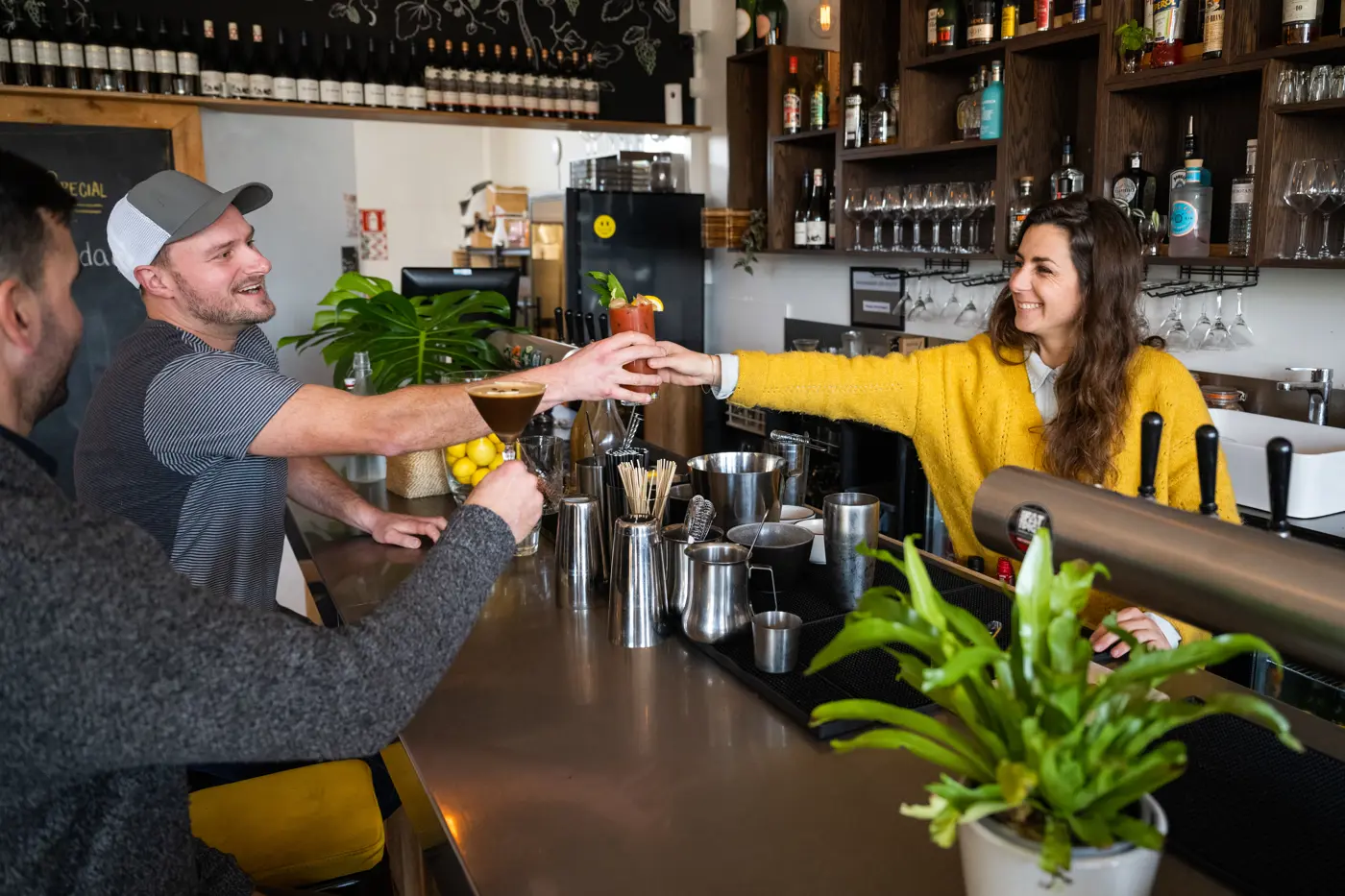
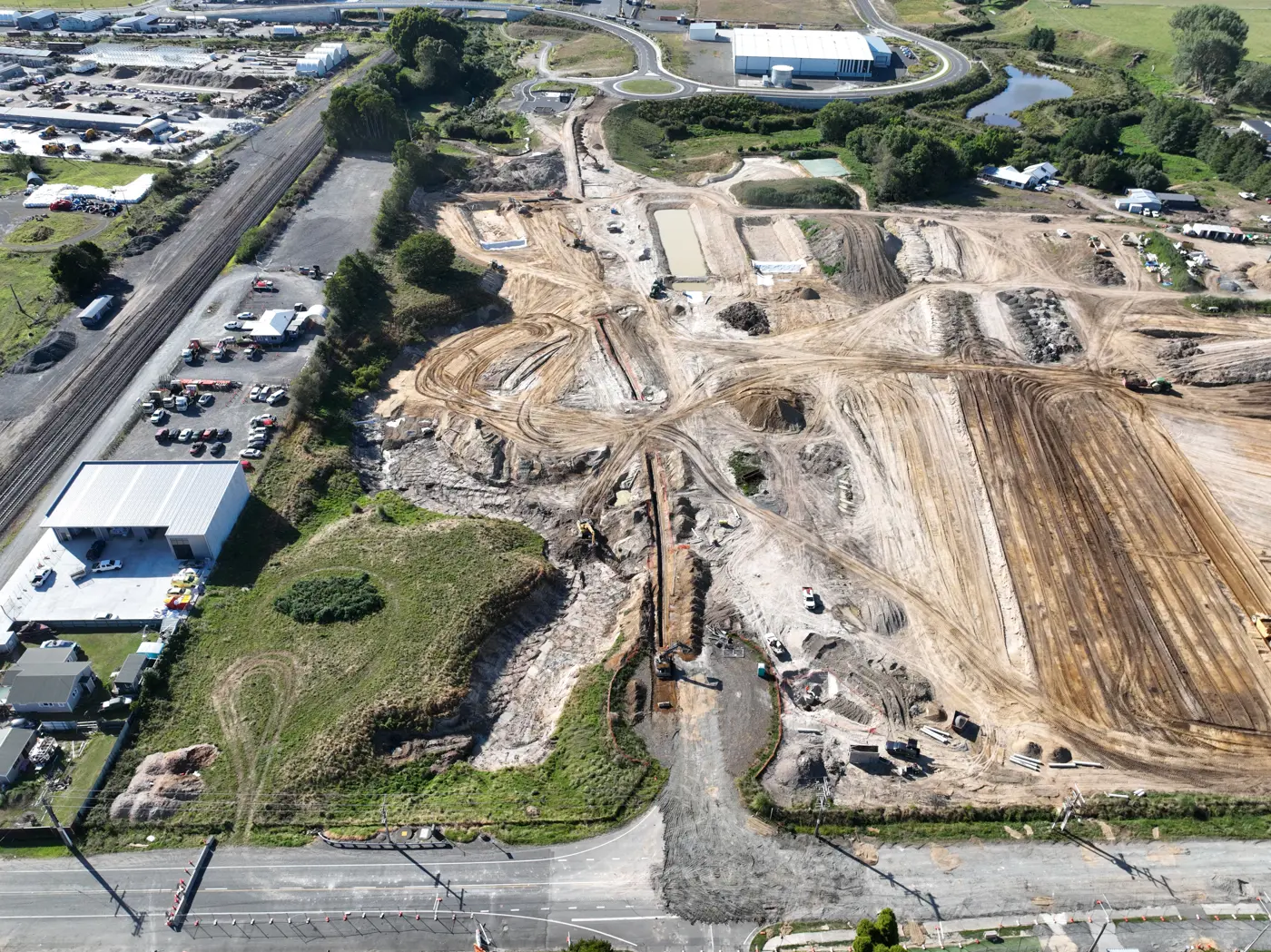
Invest
Whakangao
Learn more about investing in the Waikato district.
Do business
Mahi pakihi
Learn more about support for businesses.
